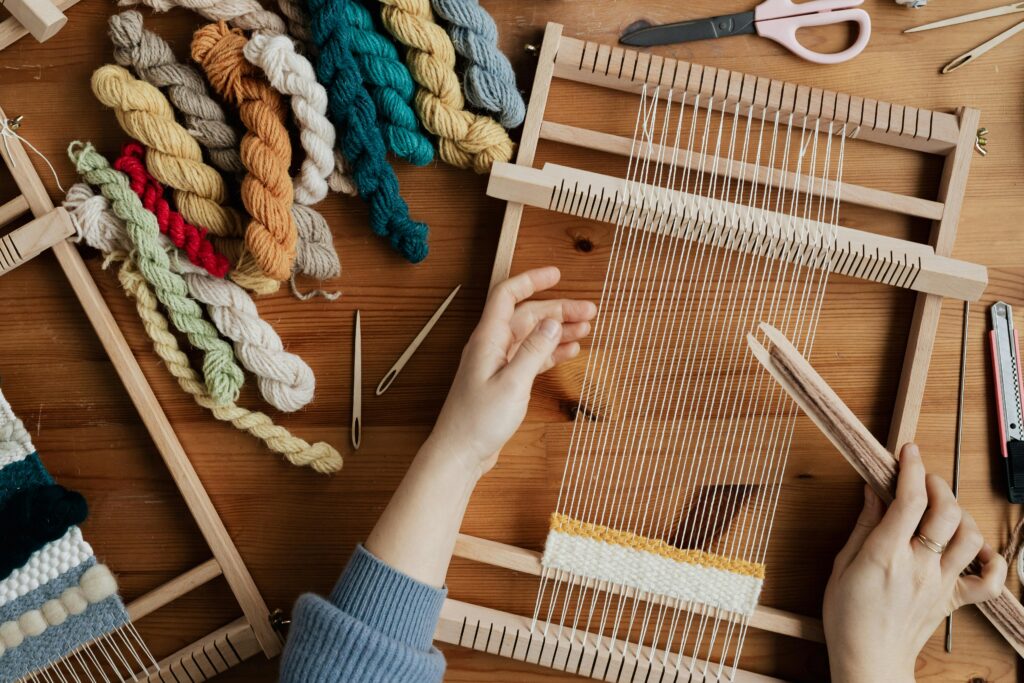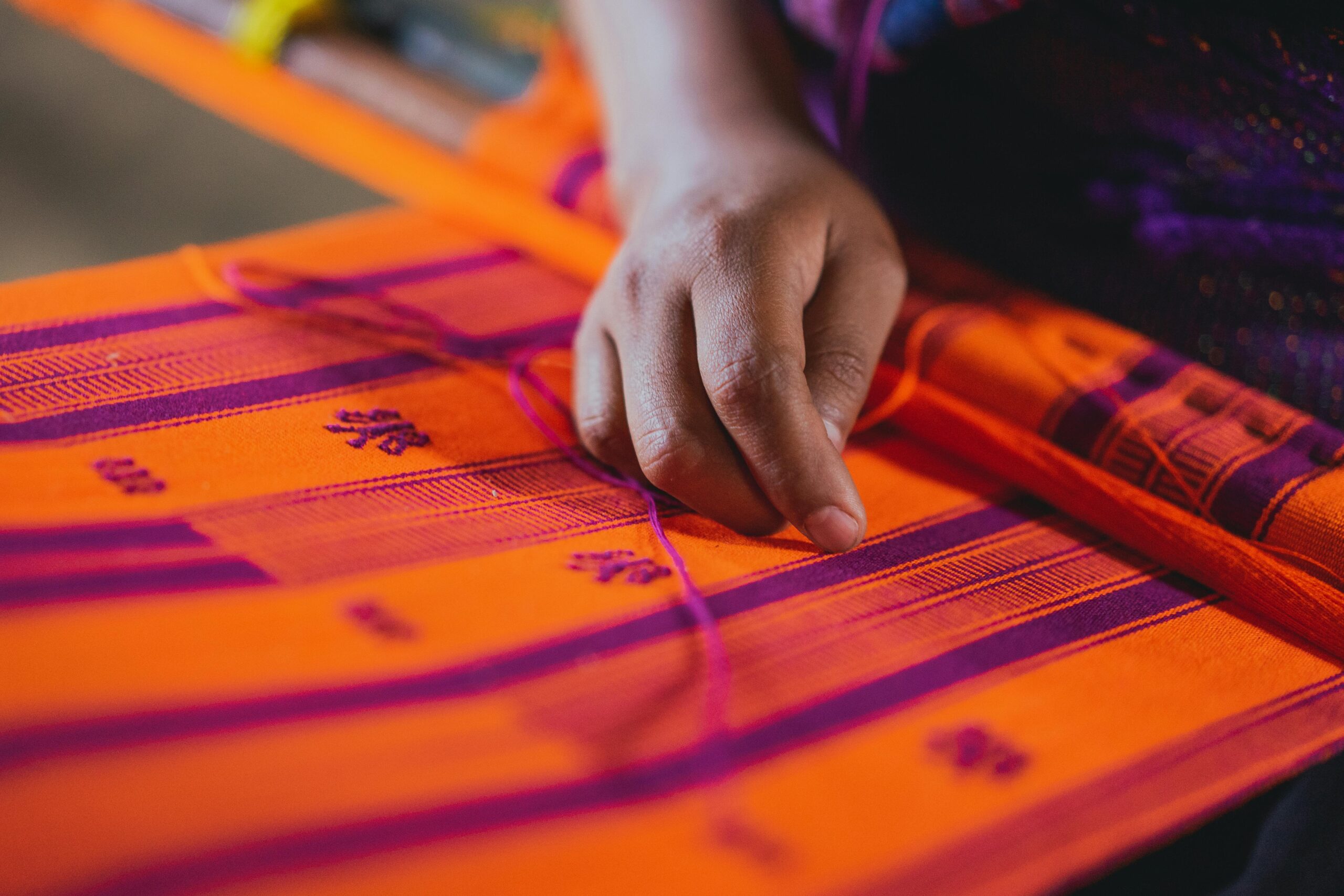Bardoek is more than just a traditional fabric. It is a unique creation that reflects heritage artistry and the passing down of skills from one generation to another. This textile is celebrated not only for its vibrant patterns but also for the rich cultural heritage it embodies. Each thread tells a story that connects communities with their ancestors and traditions.
The beauty of bardoek lies in its ability to hold meaning beyond its physical form. For some, it represents identity and pride, while for others it is a symbol of creativity and resilience. Today, bardoek continues to shine in modern spaces while keeping its deep cultural value alive.

Defining the Meaning of Bardoek
Bardoek is a fabric made from natural fibers that displays bold patterns and vibrant colors. Every piece of this textile reveals a high level of craftsmanship passed down through families and communities. The designs are often symbolic, carrying meanings tied to beliefs, values, and ways of life.
This textile is not just a material for everyday use. It represents culture and identity and serves both functional and decorative purposes. Bardoek can be found in clothing household items and even ceremonial objects where it enhances the atmosphere with cultural significance.
Looking Back at the Origins of Bardoek
The history of bardoek stretches back many centuries to indigenous traditions where it was first created using locally available resources. Early weavers carefully worked with natural fibers and dyes to bring out colors and designs that reflected their daily lives and environment.
Over time bardoek became more than a practical item. It turned into an artistic outlet where colors patterns and textures carried deep meaning. It evolved into a cultural emblem that linked communities to their history while providing functional value in their daily existence.
Cultural Identity Woven in Bardoek
Bardoek carries a powerful cultural role in many societies. It is not merely fabric but a medium of storytelling and a vessel of memory. Communities see it as a way of preserving their traditions by weaving meaning into each piece. The fabric holds symbolism that reminds people of who they are and where they come from.
Its role is most evident in community ceremonies festivals and rituals. Bardoek is often worn or displayed to honor ancestors and celebrate unity. The patterns express tales of heritage while the fabric itself strengthens the bond between individuals and their shared history.
Bardoek in Today’s Lifestyle
In today’s world bardoek is not limited to its traditional role. Designers have adapted this textile into home décor items such as curtains upholstery and decorative wall hangings. Its strong texture and distinctive designs bring both comfort and authenticity to modern interiors.
Fashion has also embraced bardoek as a stylish material that bridges old and new. Designers create clothing and accessories that combine cultural richness with contemporary appeal. This versatility allows bardoek to remain relevant while honoring the traditions from which it came.
Practical Benefits of Bardoek
One of the strongest benefits of bardoek is its durability. This fabric can withstand years of use making it a reliable choice for both fashion and interior applications. Its strength makes it practical while its beauty makes it desirable.
The patterns and textures of bardoek also set it apart. Each piece has its own character that cannot be replicated by mass produced materials. This uniqueness allows people to connect to culture while enjoying products that are aesthetically appealing and long-lasting.
Bardoek in Creative Industries
The fashion industry has found countless ways to use bardoek in collections. Its bold colors and distinct textures make it perfect for clothing lines that celebrate heritage. From everyday wear to high end fashion the fabric adds depth and meaning to garments.
Cuisine too has drawn inspiration from these traditions. In some communities, dishes are presented using techniques inspired by the cultural significance of it. Chefs create meals that not only taste good but also carry an artistic and cultural message that reminds diners of heritage.
Safeguarding Bardoek for the Future
The preservation of these traditions relies on passing knowledge from elders to younger generations. Weaving methods natural dyeing practices and symbolic meanings are shared during workshops and cultural gatherings. This transmission ensures that the fabric remains authentic and respected.
Festivals exhibitions and educational projects also play an important role. By documenting and showcasing it artisans and communities ensure that the essence of this textile is not lost to modern influences. Preservation efforts safeguard both the fabric and the cultural stories woven into it.
Why Bardoek Remains Relevant
It continues to matter because it represents a link between heritage and modernity. In an age where mass production dominates people are seeking authenticity and cultural meaning. It offers both as it reflects tradition while finding a place in modern life.
It also plays a role in sustainable practices. Since it is often crafted using natural fibers and dyes it supports eco-friendly living. Supporting it means encouraging responsible production methods that benefit local artisans and communities.
Artistic Qualities of Bardoek
Artisans who create it see it as more than a craft. It is an art form that combines skill patience and creativity. Each weave and design is a result of hours of dedication and reflects the vision of the creator. The artistic value of it lies in this combination of heritage and individual creativity.
Collectors and enthusiasts appreciate it not only for its function but also for its artistic worth. Owning a piece of it is like holding a part of history and culture that carries beauty beyond its surface. This appreciation ensures the continued recognition of its artistry.
Bardoek for Home Decoration
Homeowners are increasingly turning to it for decorating their living spaces. Its bold designs and deep colors create focal points that make interiors unique. From cushions to wall hangings bardoek transforms a house into a home with cultural warmth.
Interior designers value it because it provides both style and history. Using it in a space means adding depth that goes beyond trends. It becomes a lasting element that celebrates tradition while keeping the atmosphere fresh and inspiring.
The Global Future of Bardoek
As global markets expand it has the potential to reach even wider audiences. The interest in handmade and sustainable goods has created opportunities for artisans to introduce it to international buyers. This growth allows traditions to be valued beyond local borders.
Future innovations will likely combine traditional weaving with modern design demands. This blend will ensure that it continues to appeal to younger generations who value culture but also want products that suit their lifestyles. The future of this is bright as it adapts while preserving its roots.
Conclusion
It is not only a textile but also a legacy that holds deep cultural and artistic value. Its journey from historical roots to modern applications shows its ability to adapt while remaining authentic. The fabric continues to symbolize identity tradition and sustainability.
By embracing it people connect with a living tradition that enhances both personal style and community pride. Choosing it is more than selecting fabric it is a choice to honor heritage preserve craftsmanship and celebrate culture in everyday life.
Check Also: https://coruzants.com/blog/irri-system/
